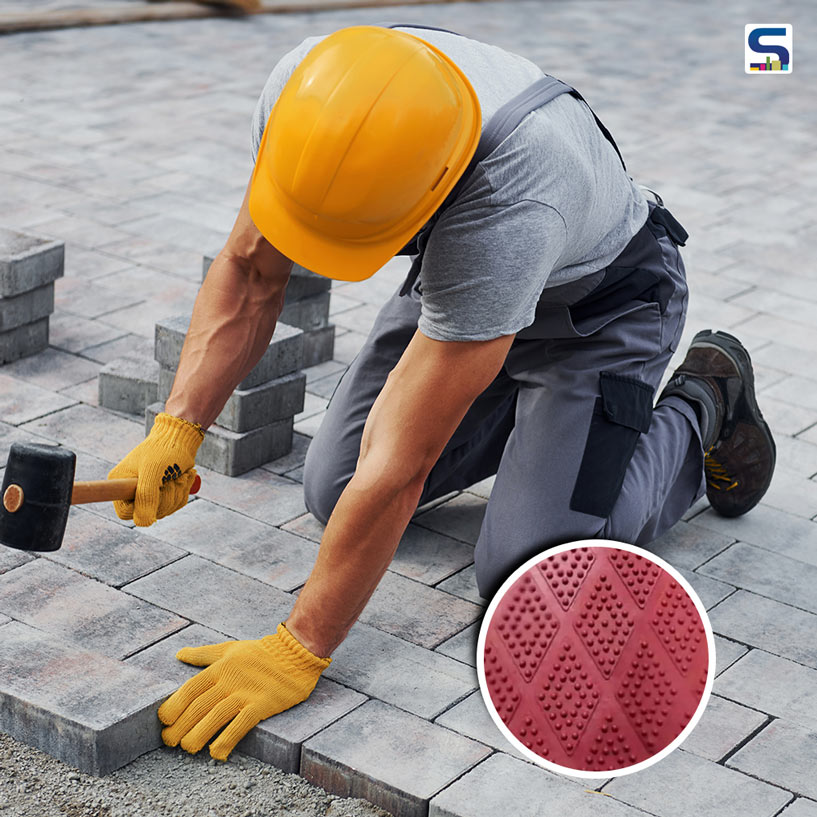
CSIR-CRRI and National Physical Laboratory researchers have developed the technology to transform multi-layered plastics and fly ash into superior tiles for various uses such as paving, roofing, and wall construction. They are currently assessing the potential of these high-strength plastic tiles for road construction. Read SURFACES REPORTER (SR) ‘s complete report:
DRIIV, the chief scientific advisor of the national government, has already completed laboratory and prototype tests on tiles with reinforced concrete strength. Now they are seeking industrial support to go ahead.
Addressing the proliferation of plastic waste and red mud
Researchers assert that tiles made from high-grade materials can tackle both plastic waste and red mud, a byproduct of the aluminium industry. To cope with the strain of heavier loads, additional reinforcement is necessary to make them capable of supporting up to 20 tonnes.
Development of a new prefabricated material
After completing the creation of tiles for pavements, cycling tracks, roofs and walls, Dr Rajiv Kumar Singh, principal scientist of CSI R-N PL was encouraged to go one step further. Their team ventured to create a prefabricated material made from polymer that would bear the pressure caused by running vehicles.
Apt for Indian roads
Singh noted that the tiles which he and his colleagues at CRRI have created have been tried and tested, surpassing necessary criteria for Indian roads. These products, boasting a high density and resilience comparable to concrete, are flexible and have already been adopted in certain Scandinavian countries.
Therefore, he believes they can be an optimal resolution for Indian road related dilemmas, saving money on large-scale demolitions of streets as well as tackling persistent pothole problems. DRIIV has assisted them in extending their network of businesses and investors too.
After the nine by six inch prototype tile failed to pass field tests, scientists needed a larger size in order to continue their project. As a result, they sought out industries that could manufacture one square meter tiles that would come with a higher cost.
Prof Venugopal Achanta was determined to find an Earth-friendly solution and emphasized the importance of making good use of our waste materials: "We have the capability to create tiles suitable for road applications while in compliance with the cycle economy if we get the recipe right."
Source: TOI
Keep reading SURFACES REPORTER for more such news stories.
Join us in SOCIAL MEDIA to stay updated
SR FACEBOOK | SR LINKEDIN | SR INSTAGRAM | SR YOUTUBE
Further, Subscribe to our magazine | Sign Up for the FREE Surfaces Reporter Magazine Newsletter
Also, check out Surfaces Reporter’s encouraging, exciting and educational WEBINARS here.
You may also like to read about:
3D Printing and Material Science Cuts Construction Time in Half | Mighty Buildings
Could this New Material be a Sustainable Solution to Cement? | Geoprime
Can This New Hot Storage Material Help Reduce Energy Bills? | SR Material Update
and more...